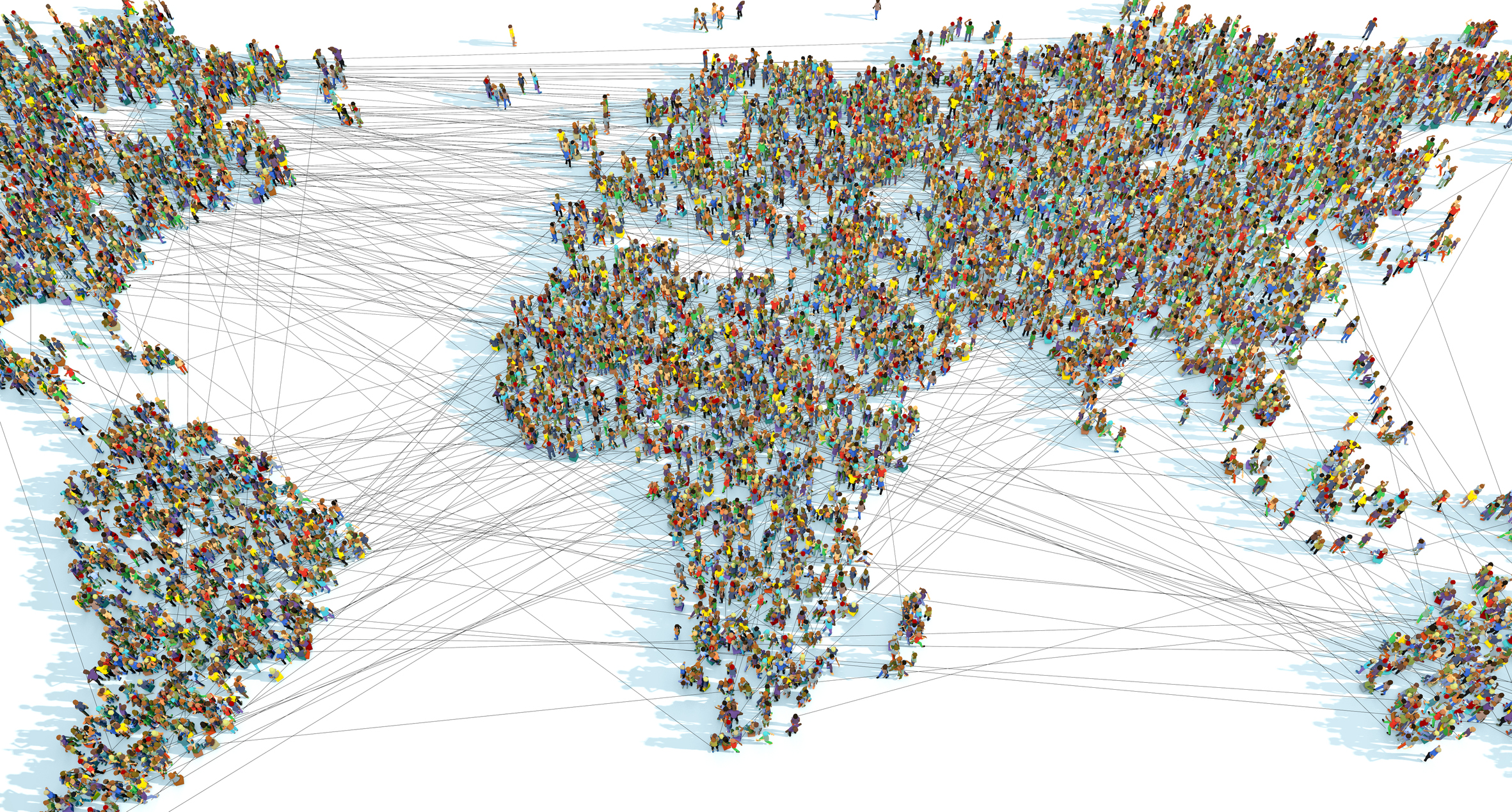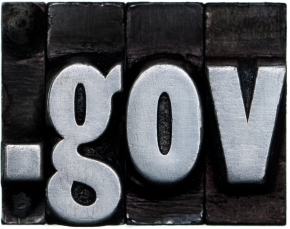
Governments must adapt regulatory tools and strategies to meet new problems and emerging challenges.
The Organization for Economic Cooperation and Development (OECD) grounds its existing concept of better regulation in a framework of institutions, tools and processes developed over the last 30 years. But the regulatory context has changed significantly and global crises such as the COVID-19 pandemic have placed even bigger stresses on the use of good regulatory practices in policymaking. Couple this with complex policy problems—such as digital transformation, increasing inequality, climate change, and aging populations—and headwinds of hyperpartisanship, declining trust in public institutions, and the pace of technological change, and governments need new approaches to address current issues and position themselves better to respond to future problems.
The latest release of the OECD’s Regulatory Policy Outlook introduces the concept of “regulatory policy 2.0,” which offers recommendations to adapt, amend, and create a more agile framework for better regulation. Regulatory policy 2.0 considers developments from the last few decades of regulatory policymaking and discovers what is still fit for purpose and what needs to be adapted for the future.
OECD survey results in 2021 illustrated that regulation is more effective when it is confirmed in its core principles. Effective regulations can foster trust in government and progress toward outcomes such as sustainable development. Despite this knowledge, governments underuse regulatory governance as compared to tax and spending measures. In addition, regulatory management tools are underdeveloped, insufficiently implemented, or applied with unsatisfactory effects.
Regulatory challenges and opportunities stemming from major events, trends, and technological developments underscore the need for change. The social and economic disruption that COVID-19 has wrought further highlights the strategic importance of developing more agile and coordinated regulatory approaches to increase responsiveness and resilience in changing environments.
Better use and adaptation of regulatory management tools to improve the agility, quality, and coherence of the rulemaking system is essential. Regulators must adapt traditional tools, such as regulatory impact assessment, stakeholder engagement, and ex post evaluation of the existing regulations to help governments navigate contemporary challenges and choose the best approach to improve societal welfare.
New challenges also call for an increase in regulatory coherence to align regulatory governance with strategic governmental goals such as tackling climate change or responding to the digital transformation of the economy. Governments should employ more recent pillars of regulatory management, such as international regulatory cooperation. This need has become ever more evident with digitalization that ignores national or jurisdictional boundaries while drastically increasing cross-border flows and transactions.
Technological innovation is a significant driver of the regulatory policy 2.0 agenda. Governments must move past the traditional “regulate and forget” mindset and develop “adapt and learn” approaches to address rapid technological developments. If governments recognize the need to review regularly and systematically the impact of regulations on diverse groups of stakeholders, societies will be better positioned to realize the benefits of innovation while upholding protection for citizens and the environment.
Regulators who apply lessons learned from behavioral insights can improve the institutions and processes of policymaking, including throughout the policy cycle. Behavioral insights have demonstrated their effectiveness in supporting better regulatory policy design and delivery. But people run the complex systems underlying policymaking, and thus these systems can experience the same biases and barriers as individuals. Reforms can run headlong into behavioral roadblocks that ultimately limit their success. The next frontier is to take lessons from behavioral insights applied to policy and extend these to the internal workings of government to improve policy making from a system perspective.
When implementing new regulatory agendas, many governments focus on the process of developing new regulations and reviewing existing ones, but they mostly overlook the implementation and delivery stages of regulation. These phases, however, can benefit from critical improvements—particularly through smarter enforcement and inspections—which are based on and proportional to risks.
Effective communication strategies surrounding the goals of regulation and compliance promotion are equally important. As the COVID-19 pandemic highlighted, governments must develop and implement risk-based, professional, and flexible regulations across a range of regulatory spheres and sectors. These approaches can be easier to introduce and more effective by harnessing in particular the opportunities provided by digital technologies and data.
As countries emerge from the COVID-19 pandemic and face new global challenges, governments need to build—or rebuild—trust in regulation, regulators, and regulatory frameworks. One of the key causes of risk aversion and loss of trust in the regulatory system is disappointment related to unrealistic expectations. Regulators must communicate better about the risks of regulation and be honest about the limits of regulation. This communication needs to be combined with open dialogue among all interested parties, shifting from mere public consultations to meaningful stakeholder engagement. To ensure that stakeholders provide meaningful input to the regulation-making process, policymakers need to engage with them regularly and sufficiently early in the decision-making process. In addition, regulators should analyze the distributional impact of regulations and identify any consultation needed with groups of stakeholders that might disproportionately feel the effects of regulation.
A regulatory policy 2.0 agenda builds on the very foundation of better regulation—analyzing impacts, engaging stakeholders, and reviewing existing regulations while adding some important features, such as international regulatory cooperation and strengthened focus on regulatory delivery. This should make regulatory policy more agile and even more useful tool in achieving governments’ strategic objectives.
This essay is part of a nine-part series entitled, A Global Regulatory Policy Outlook.
This contribution builds on the publication OECD (2021), OECD Regulatory Policy Outlook 2021, OECD Publishing, Paris, https://doi.org/10.1787/38b0fdb1-en. The additional opinions and arguments employed herein are those of the authors and do not necessarily reflect the official views of the OECD or of its Member countries.





